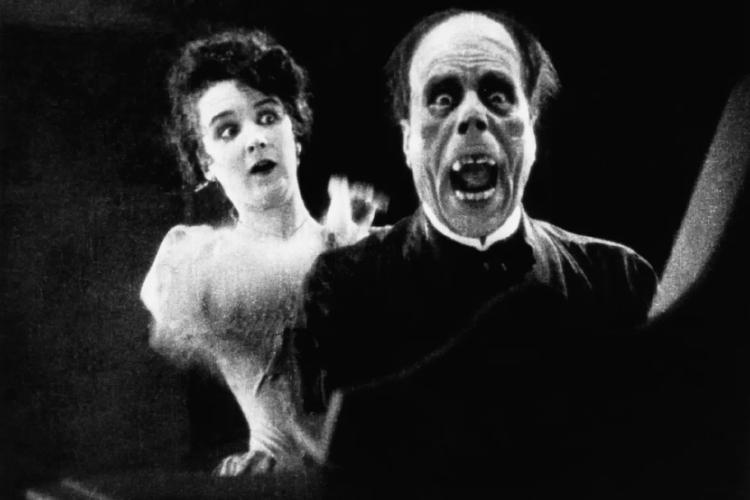Watching the Phantom: A Descent into the Tent of Memory
An active imagination journey into memory, healing, and the inner child.
- Sasha Karcz
- 4 min read

Lately, my nervous system has been on edge—reacting to something more than just noise or chaos. One of my neighbors, usually joyful and friendly, has recently descended into a kind of mania: wild declarations, spiritual delusions, anger. And while disturbing on its own, what it activated in me was far more intense than the events themselves.
It felt familiar.
Echoes of a Childhood I Never Signed Up For
In just a few days, I experienced the following:
- A call from this neighbor asking me to manage his servers for a startup that Elon Musk was supposedly going to fund.
- An urgent visit at midnight, asking if I could help him find an astrologer because “that’s where the secrets of everything are.”
- Then, days later, his dog escaped. I returned it to him. He didn’t say thank you—just glared at me, screamed at the dog, and slammed the door.
It wasn’t just unsettling. It was archetypal.
It mirrored the terrifying emotional landscape of my mother’s psychotic states—a childhood haunted by delusions of grandeur, emotional whiplash, and eruptive violence.
This wasn’t just about him. This was about me. My nervous system was remembering the whiplash of unpredictability. The sense that someone you trust could flip like a switch. That no one would protect you. That you had to be the calm in someone else’s storm.
Descent into the Tent
So I chose to return—to descend inwardly using active imagination—a process rooted in Jungian practice—allowing my awareness to drift inward and follow the symbolic threads of the unconscious. I went into a vision:
I entered my childhood home.
Climbed the familiar staircase.
Opened the door to my old bedroom.
Everything was still there: the toy chest, the posters on the closet door. I stepped into the closet. At the back was a small door.
I opened it—and climbed down a metal ladder into darkness.
At the bottom was a circus tent. I’ve been here before—this is the realm of my inner child. But this time, something was different.
Inside the tent was a movie theater. My inner child was there, watching The Phantom of the Opera (1925)—the silent film with Lon Chaney. He looked up at me, smiled, and climbed into my lap. We watched it together.
The Phantom as Shadow and Exiled Genius
That image—of us watching the Phantom together—stayed with me.
Especially the mask-off scene at the organ. That moment where Christine rips off the Phantom’s mask, and his horror, rage, and pain are fully revealed.
The Phantom isn’t a parent figure. He’s not “the mother” or “the neighbor.” Instead, he is something deeper and more internal: the shadow-self.
He is the exiled genius, the wounded emotional world pushed underground. He is what happens when beauty and brilliance are buried in pain and fear. Hidden beneath the opera house—beneath the conscious, social self—he pulls strings in secret, lashes out when ignored, and yearns to be seen without knowing how to ask for love.
In the context of my own life, the Phantom becomes the embodiment of:
-
What my inner child was afraid he might become if he stayed invisible and unloved.
-
The grotesque face of pain when it’s been denied a voice for too long.
-
The way trauma twists something beautiful into something feared.
Watching that scene beside my inner child wasn’t random—it was ritual. We weren’t just observing horror. We were witnessing our own complexity.
And this time, my child wasn’t alone in the dark. This time, the Phantom wasn’t just a monster—he was a message.
When the Body Remembers
This wasn’t about overreacting to a neighbor. It was about trauma memory—how the body stores and reacts to patterns long before the mind can make sense of them.
When someone around me becomes volatile, my nervous system time-travels. It takes me back to when I was small, helpless, and responsible for surviving someone else’s mental collapse.
But here’s the shift: now, I am the one holding the child. I didn’t abandon him. I didn’t dissociate. I sat beside him and said: We’re going to watch this. Together.
Final Reflection: Holding the Child, Facing the Phantom
In mythology, we’re told to slay dragons and banish phantoms. But sometimes, healing means something else. Sometimes it means sitting in the theater of the unconscious, holding the child we once were, and letting the Phantom play his organ in the shadows—without running.
There is magic in simply staying.
There is healing in bearing witness.
And there is love in saying:
I see the pain beneath the mask.
I’m not afraid of it anymore.
And I’m not leaving.
- Tags:
- inner child
- jungian
- imagination